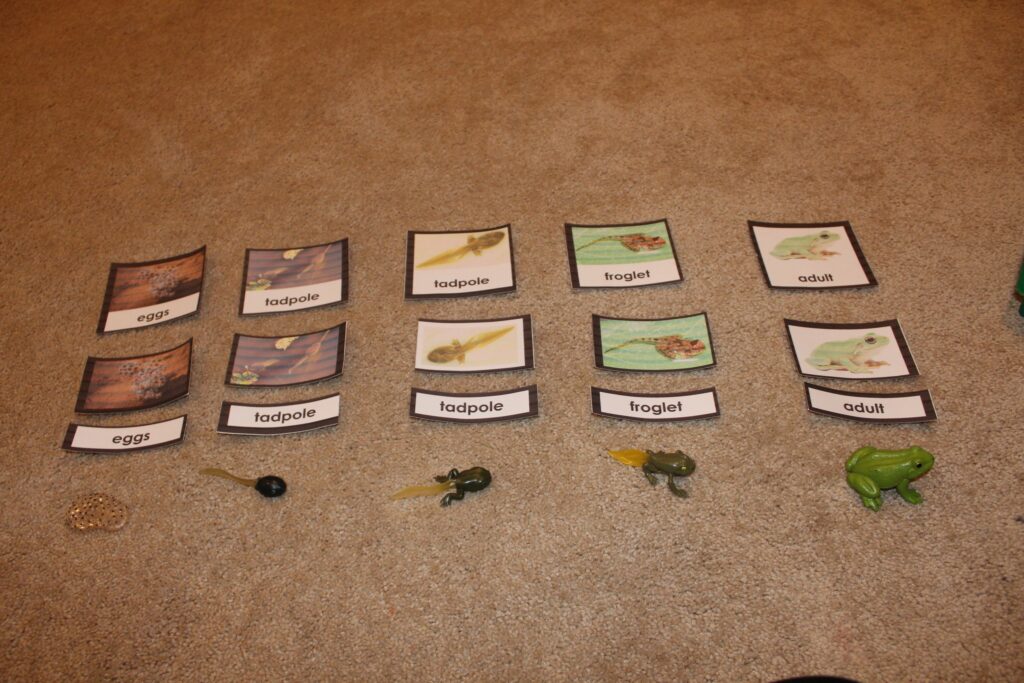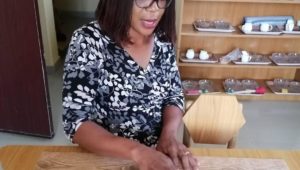The Montessori classroom is a differentiated classroom that supports the needs of all children. Continuous and constructive observation by the Directress makes this possible.
Dependent to Independent
The ultimates goal of education is to raise an independent adult. The Montessori classroom scaffold activities as a means to assist children to grow in independence.
If teaching is to be effective with young children, it must assist them to advance on the way to independece.
Maria Montessori
Flexible Curriculum
Children move at their own pace through a flexible curriculum with differentiated learning. To meet the developmental milestones of each child multiple approaches are provided. A blend of the whole class, small group, and individual activities. The mixed age group is a typical example of a differentiated classroom. This allows children to support and assist each other.
With the auto-didactic materials, children are free to work on their own.
Montessori curriculum laid a solid foundation in terms of the content presented. The practical life area is the foundation of the Montessori curriculum. Children engage in lots of activities that assist in increase coordination of their pincer grip and eye-hand in preparation for writing.
Concrete to Abstract
Learning in the Montessori classroom involves working with content in the concrete form first. This gradually opens a door for meaningful abstraction later on, with emphasis on the process rather than the product. For example, grasping the idea of word building with large movable alphabet LMA(more concrete) typically has to precede sentence reading (more abstract).
Children apply their findings in real life through engagement in hands-on experiences. Opportunity to ask questions, run ideas through their minds, and try things on their own are given.
Simple to Complex
Children first understand the basic, gradually move to the complex content. For example, spooning from a bowl to an identical bowl precedes spooning from a bowl to another bowl with an indicator line. Also, the three-letter word phonetically reading exercises precedes the four or more letter word reading exercises.
Learning Styles
The structured Montessori classroom meets the learning needs of every child. For instance, teaching the life cycle of a frog, first children feel the eggs, tadpole, froglet, and adult frog with the hands(kinesthetic). Next, they familiarize themselves with telling the story with picture cards (auditory). Then, match picture cards with the control cards providing an opportunity to check answers for accuracy as they go on. Finally, put pictures in sequence (visual). This exercise meets the needs of different learners.

The Montessori classroom is a differentiated classroom, that follows every child at his own pace to meet his needs. Children are challenged appropriately based on their readiness, interest, and learning needs.









